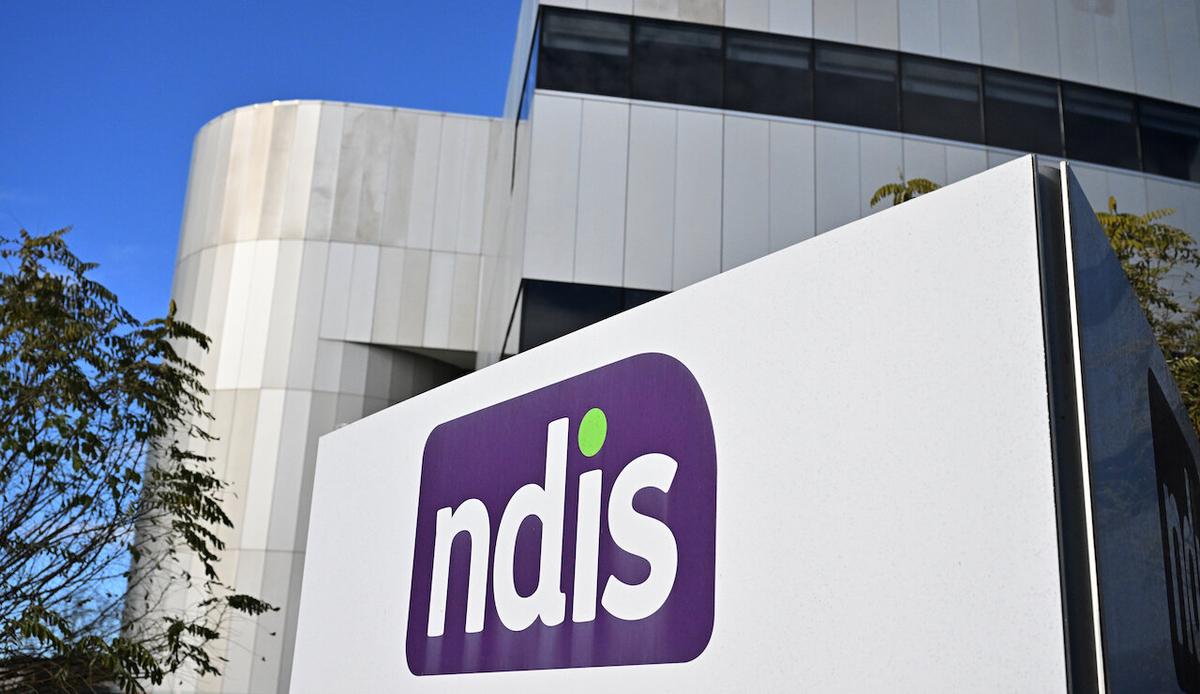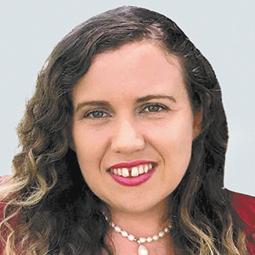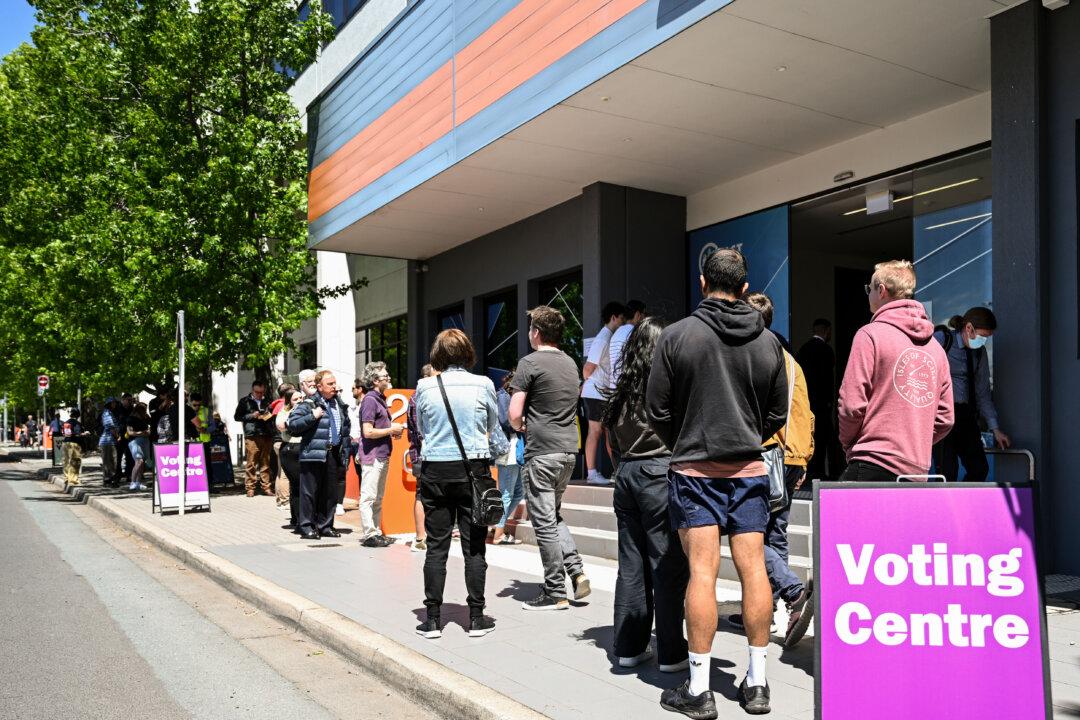Budget night revealed that Australia will continue to spend big with the Labor government increasing overall spending to 27.4 percent of GDP this financial year, the highest level of spending since the pandemic.
In money terms, this equates to about $762.75 billion of taxpayer-backed spending commitments, which is expected to increase to $889.4 billion by the 2028-29 financial year, on current estimates.
Social Security and Welfare—37 Percent
According to the government, the majority of the country’s coffers is going into the welfare state.Accounting for 37 percent of total government expenses, welfare covers a broad array of initiatives like the National Disability Insurance Scheme (NDIS), aged care services, disability pension, family assistance, and childcare worker subsidies.
Expenses in this large category will increase as “more recipients access government services” and funding is provided to meet pay increases for workers.
Currently, $274.9 billion of the 2024-25 budget is going into this sector, which is expected to increase to $323.61 billion by 2028-29—just under an 18 percent increase.
When broken down, the funding this year is spread across senior support ($62 billion), NDIS ($48.5 billion), aged care services ($37.17 billion), disability support ($23.3 billion), family support ($17.79 billion), as well as JobSeeker, the child care subsidy, and financial support for carers.

Health—15.9 Percent
The health portfolio includes expenses relating to medical services funded through the universal Medicare, funding for public hospitals and health services, the Pharmaceutical Benefits Scheme (PBS) that lowers the cost of drugs, private health rebates, Aboriginal and Torres Strait Islander health programs, and mental health services.Spending in this area sits on $117 billion in the 2024-25 financial year, and will reach $134.8 billion in 2028-29.
In this category, medical services and benefits ($32.6 billion), funding for the state’s public hospitals ($30.2 billion), and the PBS ($20.88 billion) are expected to be the most prolific expenses.

Education—6.9 Percent
Education is the government’s third biggest area of spending, driven by additional federal funding to the states that have signed bilateral agreements under the Better and Fairer Schools Agreement (BFSA).The BFSA runs until 2034, and ensures schools receive “full and fair funding” with the aim of improving academic outcomes nationally.
Education funding also includes support for universities and Commonwealth-supported study places.
However, overall spending in this sector is expected to be steady.
In the 2024-25 budget, $63.5 billion was spent on education, which will drop to $60.397 billion in 2028-29.

Defence—6.6 Percent
“Defence is another significant component of government expenditure, providing capability to the Australian Defence Force to protect Australia’s security and defend our national interests,” government budget documents say.Amid increasing tensions in the Indo-Pacific against the Chinese Communist Party and commitments to ramp up defence, the budget will apportion $49.3 billion in 2024-25, to $61.24 billion in 2028-29.
The defence function does not include expenses incurred by the Department of Veterans’ Affairs, superannuation payments to retired military personnel, related nominal superannuation interest, and housing assistance provided through Defence Housing Australia.
These expenses are reported in the social security and welfare, general public services, other purposes, and housing and community amenities functions, respectively.

General Public Services—6.3 Percent
General public services are a wide category for expenses ranging from administration costs, to public safety and regulation.The largest movement in expenses for the category are for government superannuation benefits, foreign affairs and economic aid, and financial and fiscal affairs.
General public services funding in 2024-25 was $33 billion, while in 2028-29 that funding will stabilise to $32.8 billion.







